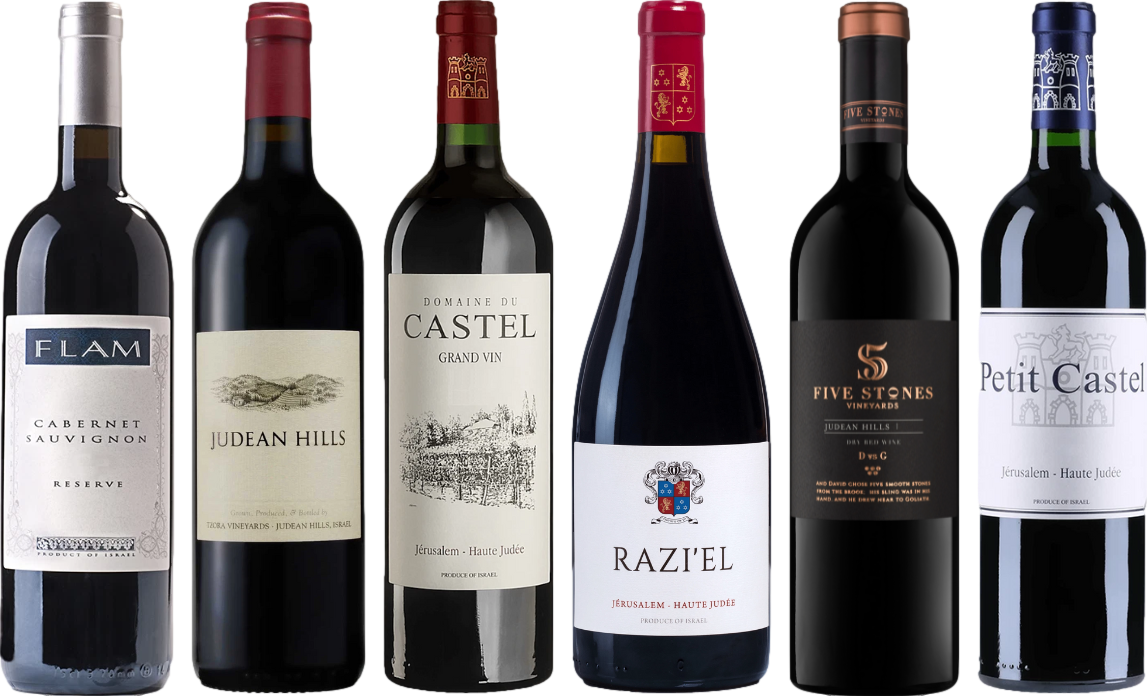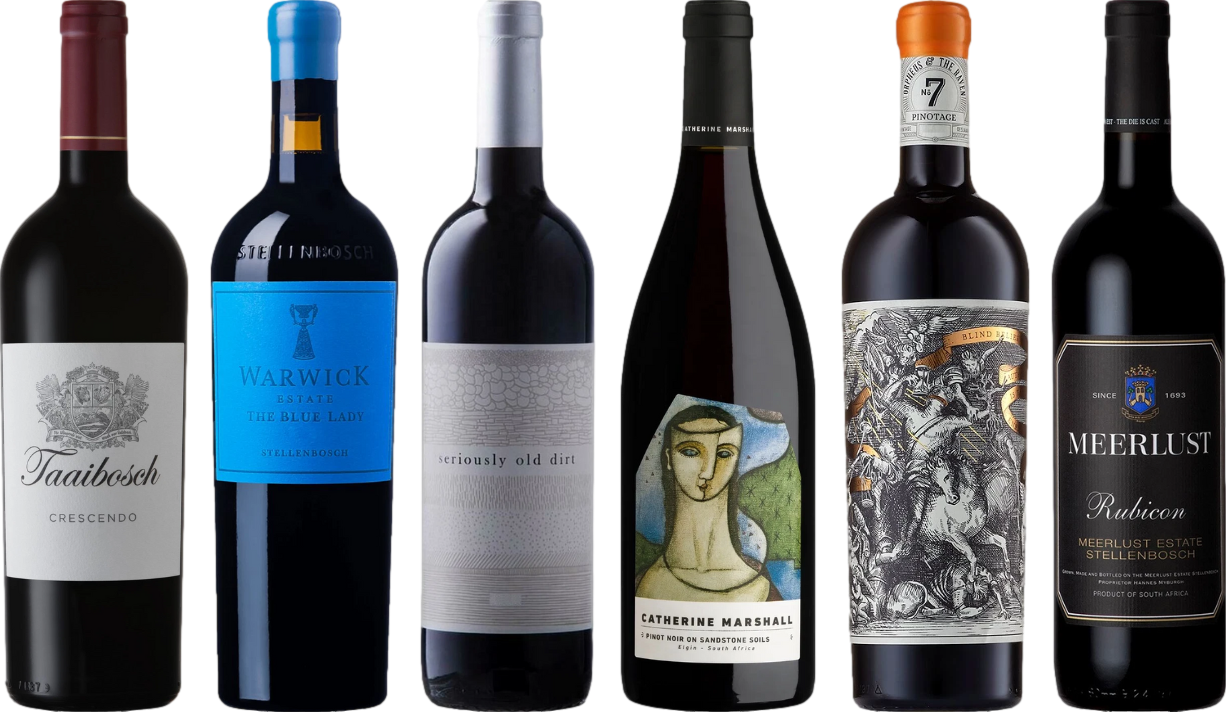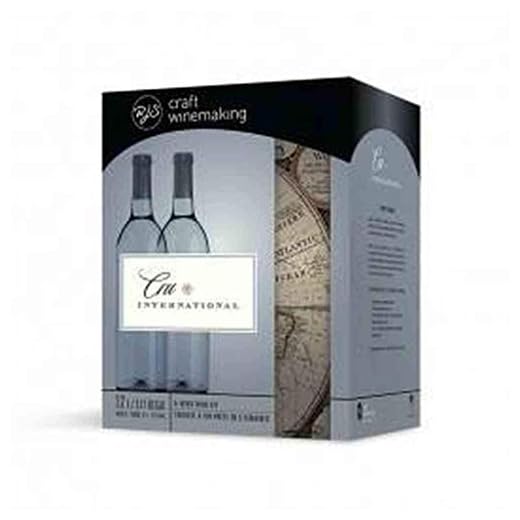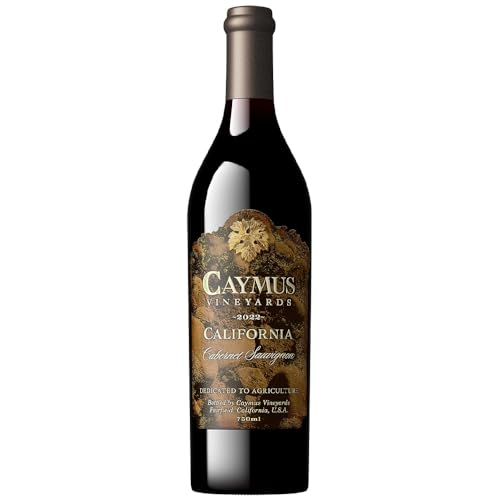



For those seeking wellness benefits, opting for Pinot Noir is a sound choice. This varietal boasts a higher concentration of resveratrol, a compound linked to heart health and longevity. Studies suggest that moderate consumption can lead to improved cardiovascular function, thanks to its rich antioxidant profile.
Malbec also deserves attention due to its robust levels of polyphenols, which may aid in reducing inflammation and supporting metabolic health. Its deep color and bold flavors come from grapes grown at high altitudes, where UV exposure enhances these beneficial compounds.
Cabernet Sauvignon, with its firm tannins and complex flavors, is not just a favorite for its taste. It contains significant amounts of flavonoids, which are known for promoting healthy blood circulation and potentially lowering cholesterol levels. Pairing this with a meal can enhance the absorption of these beneficial properties.
Incorporating these selections into your routine, while maintaining moderation, could contribute positively to your overall well-being. Always consider quality over quantity when choosing your selections, focusing on organic or biodynamic options when possible for the best health benefits.
Choosing the Most Nutritious Vino
Go for options like Pinot Noir or Cabernet Sauvignon. These varieties are rich in resveratrol, a compound linked to heart health and reduced inflammation.
Pinot Noir, in particular, often has lower sugar content while maintaining higher antioxidant levels. Its production process involves minimal intervention, preserving more of those beneficial compounds.
On the other hand, Cabernet Sauvignon boasts a robust profile, offering a higher concentration of polyphenols, which can contribute to better cardiovascular function.
When pairing with dishes, think of options that complement these selections, such as lamb. For instance, consider how to cook lamb chops in slow cooker. The richness of the lamb enhances the flavor profile of these varietals, creating a satisfying dining experience.
Always opt for organic or biodynamic varieties when available. These wines are produced without synthetic pesticides or fertilizers, leading to a cleaner and more wholesome product.
Lastly, moderation is key. Enjoying a glass or two can provide health benefits, but overconsumption negates those advantages.
Comparing Antioxidant Levels in Popular Varietals
Cabernet Sauvignon consistently ranks high in antioxidant content, primarily due to its thick skin and high levels of polyphenols. A typical serving can contain around 200-300 mg of antioxidants.
Merlot, while slightly lower, still offers substantial benefits with approximately 150-250 mg. Its softer tannins contribute to a smoother taste, making it a favorite among many.
Syrah/Shiraz is another contender, showcasing around 175-250 mg of antioxidants. Its robust flavors pair well with grilled meats, enhancing both taste and health benefits.
Pinot Noir, often celebrated for its lighter body, surprises with about 150-225 mg of antioxidants. The lower tannin levels make it accessible while still providing essential compounds.
Below is a comparison table summarizing antioxidant levels across these popular options:
| Varietal | Antioxidant Content (mg/serving) |
|---|---|
| Cabernet Sauvignon | 200-300 |
| Merlot | 150-250 |
| Syrah/Shiraz | 175-250 |
| Pinot Noir | 150-225 |
For those prioritizing antioxidant intake, opting for Cabernet Sauvignon or Syrah/Shiraz would be advantageous. However, personal preference and pairing with meals should also guide your choice.
Health Benefits of Resveratrol in Red Varieties
Focusing on the impact of resveratrol, a polyphenolic compound found in numerous grape types, reveals its significant health advantages. This compound is primarily linked to heart health, offering protective effects against cardiovascular diseases.
- Cardiovascular Support: Resveratrol helps improve endothelial function, which enhances blood flow and reduces blood pressure.
- Anti-Inflammatory Properties: It possesses anti-inflammatory effects, aiding in the reduction of chronic inflammation that contributes to various health issues.
- Antioxidant Activity: This compound combats oxidative stress, neutralizing free radicals and potentially lowering the risk of some chronic illnesses.
- Metabolic Benefits: Resveratrol may assist in regulating blood sugar levels and improving insulin sensitivity, which is beneficial for those managing diabetes.
- Neuroprotective Effects: Some studies suggest that resveratrol can protect neurons and may help in reducing the risk of neurodegenerative diseases.
For optimal benefits, consider options high in resveratrol, such as Pinot Noir and Cabernet Sauvignon. Aim for moderate consumption, as excessive intake may negate positive effects. Always consult with a healthcare professional regarding dietary choices.
Choosing Low-Sugar Options for Better Health
Opt for varieties with lower sugar content, such as dry Cabernet Sauvignon or Merlot. These selections typically have less residual sugar, contributing to a healthier choice while still offering complex flavors.
Understanding Sugar Levels
Familiarize yourself with typical sugar levels in different styles. For example, a standard dry red might contain around 1-3 grams of sugar per liter, whereas sweeter options can have upwards of 10 grams. Always check the label or consult with a knowledgeable retailer.
Exploring Label Information
Look for terms like “dry” or “no added sugar” on the bottle. These indicators suggest lower sugar content. Additionally, regions known for producing drier options, such as Bordeaux in France or Napa Valley in California, can be a reliable source for healthier choices.
The Impact of Aging on the Healthiness of Red Varietals
Aging significantly enhances the health benefits found in certain grape-based beverages. As these beverages mature, they undergo complex chemical changes that can elevate their antioxidant properties, particularly polyphenols. These compounds, including resveratrol, have been linked to improved cardiovascular health and anti-inflammatory effects.
Polyphenol Concentration
Over time, the concentration of polyphenols increases, especially in bottles aged for several years. This process allows for the extraction of beneficial compounds from the grape skins, seeds, and stems, which are crucial for promoting health. For instance, beverages aged in oak barrels often exhibit higher levels of ellagic acid, a potent antioxidant.
Flavor and Health Synergy
As flavors develop and soften during the aging process, the enhanced taste can lead to more mindful consumption. Enjoying these complex flavors in moderation can contribute to a balanced diet, allowing individuals to reap the benefits without overindulging. Opting for varieties that have undergone proper aging can maximize both enjoyment and health advantages.
For those seeking health-conscious options, consider selecting bottles with clear indications of aging longevity. Aim for varietals that have spent at least three to five years in the bottle. This practice not only enhances flavor but also amplifies the health benefits associated with these valuable compounds.
Understanding the Role of Sulfites in Red Wine Health
Sulfites serve as preservatives in fermented beverages, including those made from dark grapes. For individuals sensitive to these compounds, choosing bottles labeled “no added sulfites” may be beneficial. However, most consumers can tolerate typical sulfite levels without adverse effects.
Health Implications of Sulfites
Research indicates that sulfites can trigger allergic reactions in a small percentage of the population, particularly those with asthma. Symptoms may include headaches, hives, and gastrointestinal issues. Monitoring personal reactions after consumption can guide choices effectively.
Balancing Benefits with Sensitivity
While sulfites contribute to the preservation of flavors and aromas, they may also inhibit the growth of unwanted bacteria. For those who are not sensitive, the health benefits of moderate consumption of beverages made from fermented grapes can outweigh concerns associated with sulfites. Opting for organic or biodynamic options can further minimize exposure to additives.
Ultimately, understanding individual tolerance levels and selecting the right varieties can enhance the enjoyment of these beverages while addressing health considerations.








